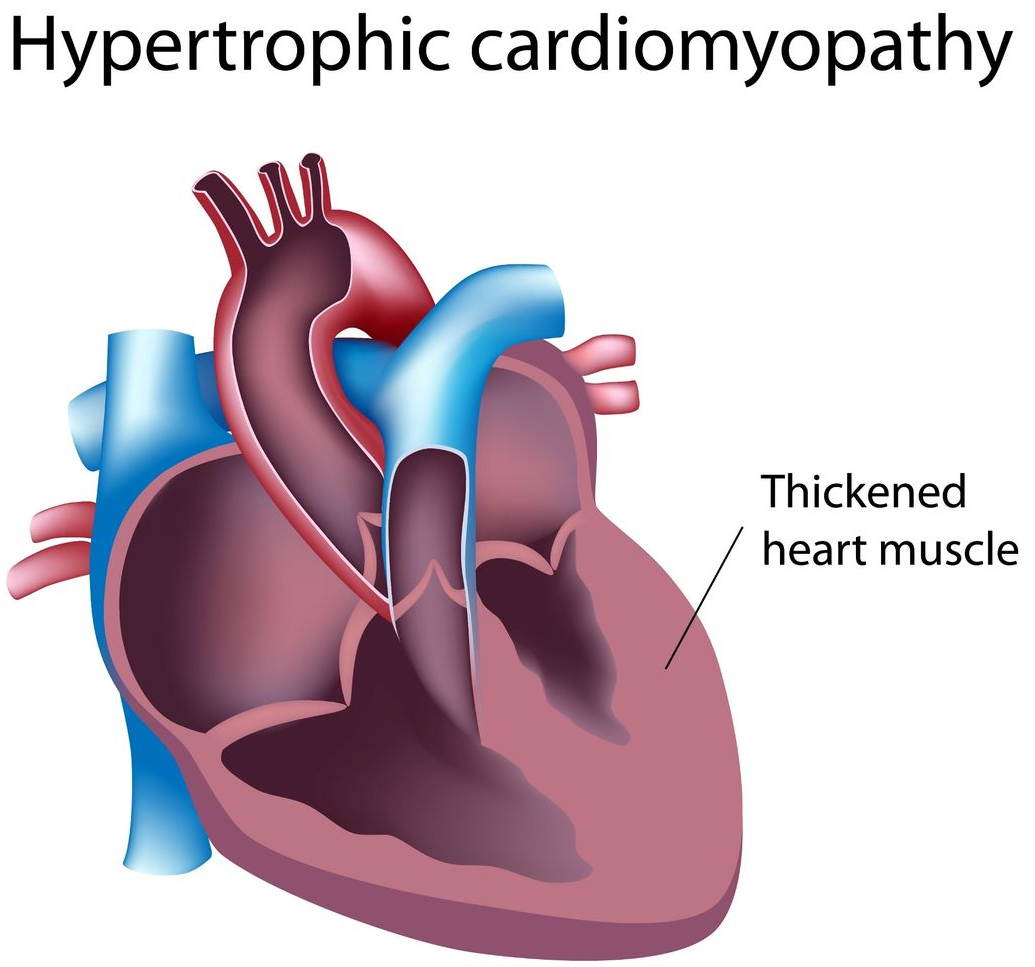Source: democratherald.com
DEAR DR. ROACH: What is the difference between eccentric LVH and concentric LVH? Which one is more dangerous and needs more attention? My mother was diagnosed with severe eccentric LVH for body surface area with adequate systolic and diastolic functions. What does that mean? — C.F.
ANSWER: The left ventricle is the chamber of the heart that pumps blood to the entire body, except for through the lungs; that is the job of the right ventricle. When the job is too hard, usually because of high blood pressure, the left ventricle hypertrophies, meaning its walls get thicker as a response to the increased workload. That hypertrophy can be symmetrical (concentric) or asymmetrical (eccentric). Early on, the left ventricle can still do its two jobs despite the hypertrophy: It can push out all the blood the body needs (that’s the systolic function), and relax under low pressure (that’s the diastolic function). Your mother has adequate systolic and diastolic function, so she is not in heart failure at this time.
If LVH is not treated, it tends to get worse. Usually the diastolic function fails first, and the left ventricle, being thick and stiff, requires higher pressure to relax properly and allow the blood to flow in from the left atrium. The major symptom of diastolic heart failure (now called “heart failure with preserved ejection fraction,” or HF-pEF) is shortness of breath, especially with exertion. Some people may progress to having both systolic and diastolic failure (“heart failure with reduced ejection fraction,” HF-rEF), where fatigue becomes a major symptom. Swelling of the legs and increasing nighttime urination are additional symptoms.
It’s not good to have either eccentric or concentric LVH, but cardiac physiologists note that concentric LVH gives the heart less ability to adapt to increased stress and has a worse prognosis. Both situations need to be treated as rapidly as possible to allow the heart to return to a more normal state. Blood pressure reduction — whether through diet, weight loss, salt restriction, stress management, pharmacologic therapy or a combination — is the primary treatment. Some blood pressure medications are more effective than others in helping the heart return to a more normal state, and high blood pressure experts often choose agents that are more effective in those people with LVH, especially concentric LCH, on echocardiogram. ACE inhibitors and beta blockers are typically a part of first-line treatment.
DEAR DR. ROACH: I have been diagnosed with vaginal atrophy. My primary doctor prescribed estrogen, which doesn’t seem to be helping after a year. I have also seen a woman’s doctor, who prescribed an antifungal, but this does not seem to be helping the symptoms. Do you have any suggestions as to what I should do? — Anon.
ANSWER: As a general rule, when appropriate therapy is not effective, it’s time to reconsider whether the initial diagnosis was correct. In this case, I would be concerned that the diagnosis of vaginal atrophy might be wrong, or might not be the only issue. I have received letters from women who were treated for atrophic vaginitis for years before the diagnosis of lichen sclerosis was made. Appropriate therapy for that diagnosis relieved the symptoms. When you go back to the woman’s doctor, I would ask about that diagnosis. A biopsy may be necessary to make that diagnosis. There are other less common causes as well.
Vaginal atrophy, when treated with estrogen, usually has noticeable improvement within a week or two. Fungal infection is possible (but should be apparent on exam), but it also gets better quickly. A year is too long to wait.
